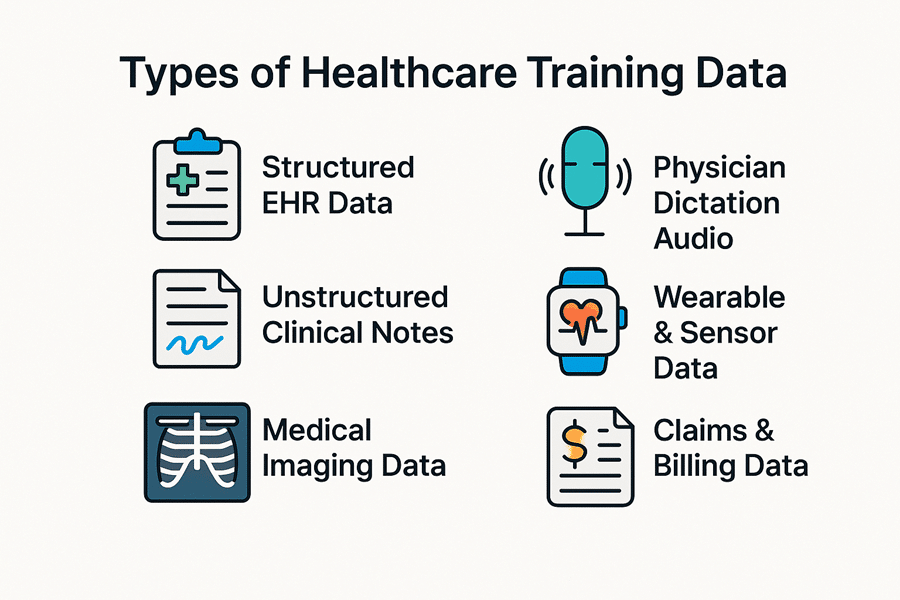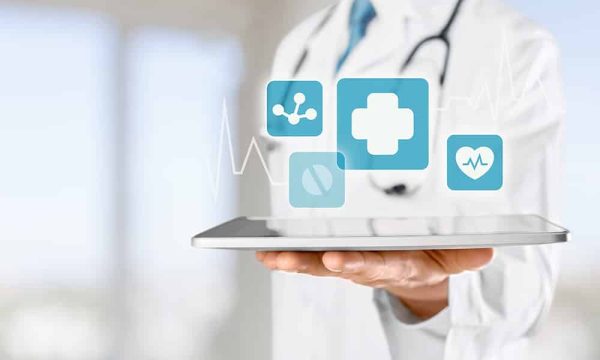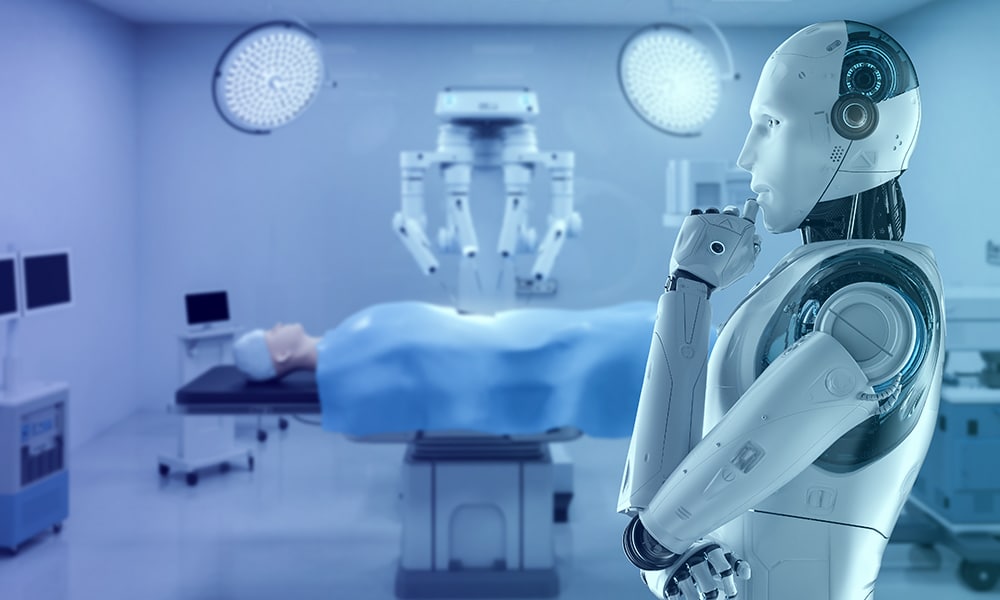Think about the last time you visited a doctor. Behind every diagnosis, prescription, or recommendation lies data—your vitals, your lab results, your medical history. Now imagine multiplying that by millions of patients. That enormous ocean of information is what powers AI in healthcare.
But here’s the truth: AI models don’t magically know how to detect a disease or recommend treatment. They learn from data—just like a medical student learns from case studies, patient rounds, and textbooks. In AI, this learning comes from something we call Healthcare Training Data.
If the data is high-quality, diverse, and accurate, the AI system becomes smarter and more reliable. If the data is incomplete, biased, or poorly labeled, the AI makes mistakes—mistakes that in healthcare can literally cost lives.
What is Healthcare Training Data?
In simple terms, Healthcare Training Data is the medical information used to teach AI and machine learning models. This can include everything from structured fields like blood pressure readings or medication lists to unstructured content like handwritten physician notes, radiology scans, or even audio recordings of doctor-patient conversations.
Why does it matter? Because AI learns by identifying patterns in this data. For example:
- Feed an AI thousands of annotated chest X-rays, and it can learn to spot pneumonia.
- Train it on physician dictation transcripts, and it can generate accurate clinical notes.
Healthcare training data is the foundation. Without it, AI is like a student without books—it has nothing to learn from.
Types of Healthcare Training Data
Healthcare is complex, and so is its data. Let’s break it down into categories you’ll recognize:

- Structured EHR Data: This is the neatly organized part—patient demographics, diagnosis codes, lab results. Think of it as the “spreadsheet” version of healthcare data.
- Unstructured Clinical Notes: Doctor’s free-text notes, discharge summaries, or descriptions of symptoms. These are rich in context but harder for machines to process.
- Medical Imaging Data: X-rays, CT scans, MRIs, and pathology slides. Annotated images help train AI to “see” like a radiologist.
- Physician Dictation Audio: Doctors often dictate notes. Training AI on these audio files plus transcripts teaches it to understand and transcribe medical speech.
- Wearable & Sensor Data: Devices like Fitbits or glucose monitors constantly record health metrics. This real-time data helps in predictive health monitoring.
- Claims & Billing Data: Insurance claims and billing codes may not sound exciting, but they’re essential for automating workflows and detecting fraud.
Put them together and you get multimodal medical datasets—a holistic view of the patient that’s far more powerful than any single data type.
Why Healthcare Training Data Matters for AI Model Development
- Model Learning: AI models require contextual, labeled data (AI Training Dataset in Healthcare) to recognize diseases, interpret scans, transcribe physician notes, and recommend treatments.
- Automation & Savings: Properly trained models can automate administrative tasks, saving up to 30% of operational costs.
- Faster Diagnostics: AI-powered systems analyze 3D scans and health records up to 1,000 times faster compared to traditional human workflows.
- Personalized Care: Enables personalized treatments and efficient health monitoring through data-driven decision-making.
In short: good data fuels better outcomes—for doctors, hospitals, and patients alike.
Ensuring Quality in Healthcare Training Datasets
Not all data is created equal. For healthcare AI to be effective, the data must be:
- Accurate: Labels and annotations must be correct. A mis-labeled image could train AI to misdiagnose.
- Diverse: Data must represent different ages, genders, ethnicities, and geographies to avoid bias.
- Complete: Missing information leads to incomplete learning.
- Timely: Data should reflect modern treatments and protocols—not outdated practices.
- Expert-Annotated: Only trained medical professionals can properly annotate clinical data.
Think of it this way: training AI on poor data is like teaching a medical student from outdated, error-filled textbooks. The outcome is predictable—bad decisions.
Regulatory & Privacy Considerations
Healthcare data is not just sensitive—it’s sacred. Patients entrust their most private information to providers, so protecting it is non-negotiable.
- HIPAA (U.S.) and GDPR (Europe) set strict standards for how data can be used.
- De-identification & Anonymization remove personal details (like name, address) so datasets can be safely used without compromising privacy.
- Safe Harbor Standards define exactly what identifiers must be removed.
For AI projects, using de-identified healthcare data ensures compliance while still enabling innovation.
Modern AI Frameworks in Action
The role of healthcare training data has evolved with modern AI techniques:
- Generative AI & LLMs (like ChatGPT): Train them on healthcare data and they can write patient summaries, generate discharge instructions, or answer patient queries.
- Retrieval-Augmented Generation (RAG): Combines language models with structured medical databases, ensuring outputs are accurate and up-to-date.
- Fine-Tuning & Prompt Engineering: General-purpose models become healthcare-specific when trained with domain datasets.
The Power of Multimodal Medical Datasets
Combining diverse data types increases AI model accuracy, generalizability, and robustness. Modern healthcare AI leverages:
- Text + Images for richer diagnostic context.
- Audio + EHRs for automated charting and telemedicine.
- Sensor + imaging data for real-time patient monitoring.
Real-World Use Cases Powered by Healthcare Training Data
Automated Clinical Documentation
AI models trained on physician dictation datasets can automatically generate SOAP notes, reducing administrative burden.
Diagnostic Support in Radiology
Machine-learning models trained on millions of annotated medical images help radiologists detect tumors, fractures, or anomalies with greater accuracy.
Predictive Analytics for Population Health
AI trained on EHR datasets can identify at-risk populations for diabetes or heart disease and recommend preventive care.
Workflow Automation & Medical Coding
Healthcare datasets enable AI to automate billing code assignment and claims processing, cutting errors and costs.
Patient Engagement & Virtual Assistants
Chatbots trained on multimodal datasets can answer patient FAQs, schedule appointments, or provide medication reminders.
Dataset Documentation & Transparency
To build trust, AI developers must be transparent about the data. This means:
- Datasheets for Datasets: Clear documentation of where data comes from and how it should be used.
- Bias Audits: Making sure datasets represent populations fairly.
- Explainability Reports: Showing how the dataset influences model predictions.
Transparency reassures clinicians that AI is reliable and not a mysterious “black box.”
Benefits of Multimodal Medical Datasets
Why stop at one data type when you can combine many? Multimodal datasets—EHR + imaging + audio—offer:
- Higher Accuracy: More inputs = better predictions.
- Comprehensive View: Doctors see the patient’s full picture, not just fragments.
- Scalability: One dataset can train models for diagnosis, workflows, and research.
Conclusion: The Future of Healthcare Training Data
The message is clear: the future of AI in healthcare depends on the quality of its training data. Multimodal, diverse, and de-identified datasets will shape smarter, safer, and more impactful AI systems.
When healthcare organizations prioritize data quality, privacy, and transparency, they don’t just improve their AI—they improve patient care.
How Shaip Can Help You
Building AI in healthcare is tough without the right data. That’s where Shaip comes in.
- Extensive Medical Data Catalog: Millions of EHR records, physician dictation audio, transcriptions, and annotated images.
- HIPAA-Compliant & De-Identified: Patient privacy protected at every step.
- Multimodal Coverage: Structured data, imaging, audio, and text—ready for machine learning.
- Metadata-Rich: Includes demographics, admission/discharge data, payer info, severity scores.
- Flexible Access: Choose off-the-shelf datasets or request custom solutions tailored to your project.
- End-to-End Services: From data collection and annotation to QA and delivery.
With Shaip, you don’t just get data—you get a reliable foundation to build healthcare AI that is accurate, ethical, and future-ready.










